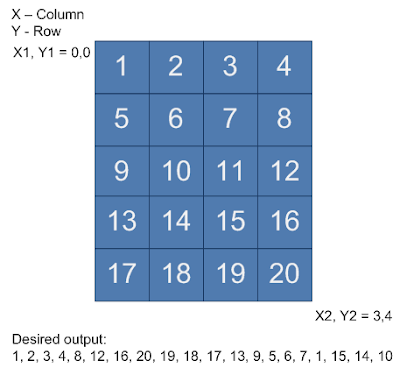#include
# define bool int
/* If x is present in arr[low...high] then returns the index of
first occurance of x, otherwise returns -1 */
int _binarySearch(int arr[], int low, int high, int x);
/* This function returns true if the x is present more than n/2
times in arr[] of size n */
bool isMajority(int arr[], int n, int x)
{
int i = _binarySearch(arr, 0, n-1, x);
printf ( " %d ", i);
/* check if the element is present more than n/2 times */
if(((i + n/2) <= (n -1)) && arr[i + n/2] == x)
return 1;
else
return 0;
}
/* Standard Binary Search function*/
int _binarySearch(int arr[], int low, int high, int x)
{
if(high >= low)
{
int mid = (low + high)/2; /*low + (high - low)/2;*/
/* Check if arr[mid] is the first occurrence of x.
arr[mid] is first occurrence if x is one of the following
is true:
(i) mid == 0 and arr[mid] == x
(ii) arr[mid-1] < x and arr[mid] == x
*/
if(( mid == 0 || x > arr[mid-1]) && (arr[mid] == x))
return mid;
else if(x > arr[mid])
return _binarySearch(arr, (mid + 1), high, x);
else
return _binarySearch(arr, low, (mid -1), x);
}
/*Return -1 if element does not appear more than n/2 times*/
return -1;
}
/* Driver program to check above functions */
int main()
{
int arr[] = {1, 3, 3, 3,3,4,10};//sorted
int n = 7;
int x = 3;
if(isMajority(arr, n, x))
printf("%d appears more than %d times in arr[]", x, n/2);
else
printf("%d does not appear more than %d times in arr[]", x, n/2);
getchar();
return 0;
}
Time Complexity O(logn)
Space Complexity O(1)
Run Here https://ideone.com/kEdi4





